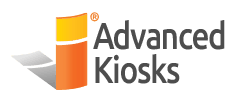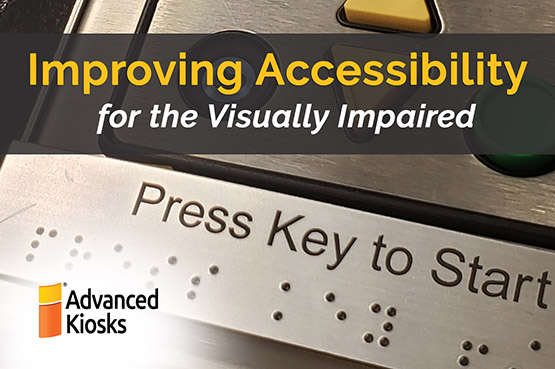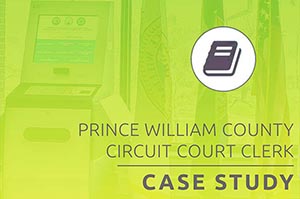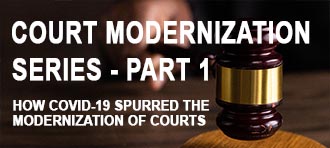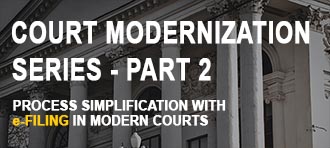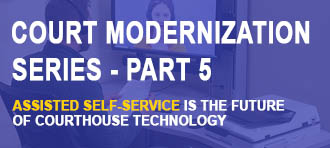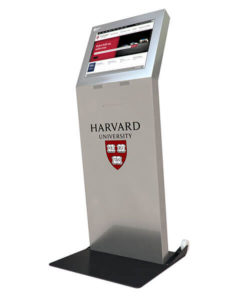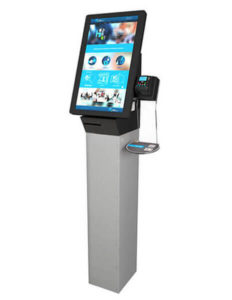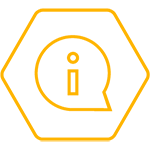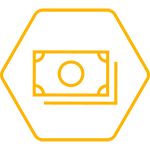Technology that can improve lives.
Our forward-thinking clients, including one of the largest airports in the U.S., are committed to providing quality user experiences (UX) for all customers, especially those with differing abilities. Advanced Kiosks is proud of the work we’re doing to design and develop accessible public technology, and we’re appreciative of the expert guidance we’ve received along our journey. Concord-based Future In Sight has been serving New Hampshire’s blind and visually impaired and their families for over 100 years. The nonprofit is an invaluable partner in our accessibility development efforts.
In this digital age of information, technology has the power to improve lives, but only if people can access it. That’s why the Americans with Disabilities Act (ADA), which will be entering its 30th year on July 26th, is being increasingly applied to information and communication technology (ICT). The number of website accessibility lawsuits filed in federal court nearly tripled from 2017 to 2018; these are cases brought against companies whose websites aren’t coded to accommodate assistive technologies. Section 508 of the Rehabilitation Act outlines stringent ICT accessibility requirements for government programs and services. To dodge legal battles, many public and private organizations settle for check-box accessibility compliance, but that’s simply not good enough.
Finding the Right Tool
A major U.S. airport came to us for a complete guest services kiosk solution: hardware, software and user interface design, seamlessly integrated. They knew they wanted to include screen reading capabilities to improve accessibility, but the market-leading screen reader was prohibitively expensive. Costly, proprietary software is often the reason companies fall short of truly accessible UX. We weren’t giving up so easily.
The Advanced Kiosks software development team went looking for alternative solutions, and they found a great one. Non Visual Desktop Access (NVDA) is an open source screen reader invented by two blind developers. The team found that NVDA provides a quality experience for the end user and had enough documentation to allow for an efficient integration with our existing ZAMOK software for kiosk management.
Finding the Right Partner
The right software is one piece of the puzzle. Next, our team had to think through the user experience from beginning to end. The task involved creating two user interfaces in one, visual and nonvisual. How could we find a compelling way to engage both sighted and visually impaired passersby?
We knew we needed to appeal to more than just one sense. We found a tactile touchpad (also known as an accessible keypad) with raised buttons shaped to convey meaning and context. But what else does a visually impaired person expect from a self-service kiosk experience? We clearly needed to consult experts in the field.
Advanced Kiosks’ President Howard Horn reached out to Future In Sight President & CEO David Morgan, who has decades of experience developing assistive technology, consulting and training people of all different ages and abilities. He gave us great advice and connected us with Community Relations Coordinator Stephanie Hurd who came to our offices for usability testing.
Designing the Right UX
Stephanie admitted right off that, as a visually impaired person, she avoids self-service kiosks like the plague. As traditionally designed, public electronic devices might as well be nonexistent for this segment of the population. She also explained we were a bit too narrow in our initial design approach. Less than 10% of “blind” people have no vision whatsoever. People are dealing with a wide variety of vision impairments that include all kinds of problems seeing color and contrast. And, no, we could not just assume everyone carries around headphones.
After the usual perimeter search to become familiar with the digital kiosk, Stephanie settled in to assess its usability. She told us most visually impaired people will immediately do a tactile search for buttons and braille signage. The braille ‘H’ is universal shorthand for the Help function, like how sighted people interpret a question mark on a digital interface. We set up this button on our custom touchpad to launch a verbal message played on external speakers that prompts users to pick up the phone handset to access the screen reader.
Seeing real-world users struggle with your interface is a transformative experience for developers. Stephanie was able to provide our team with phenomenal feedback on ways to improve our system. She suggested we include more specific instructions on how to locate necessary buttons. She also wanted more flexible navigation to skip or repeat sections of content — just like a sighted person skims blocks of on-screen text for the info they need. These and other improvements suggested by the Future In Sight team made a huge impact in the usability of our final product.
Always Improving Accessibility
With the help of Future In Sight, the Advanced Kiosks team has found new ways to make computer kiosks accessible. “We’re committed to creating functional, logical UX flows that provide the visually impaired with an interaction that is just as seamless as sighted users’,” says Jeff LeBlanc, director of User Experience for Advanced Kiosks.
Across the board, businesses are showing a much greater commitment to accessibility for their customers, which has presented Advanced Kiosks with a welcome challenge to build the most accessible interactive kiosks on the market today. We are proud of the work we’re doing to design and develop accessible public technology, and we’re appreciative of the expert guidance Future In Sight continues to provide us along our journey.
If you’re ready to move beyond check-box compliance to a more accessible self-service kiosk UX for all your users, give us a call today.
